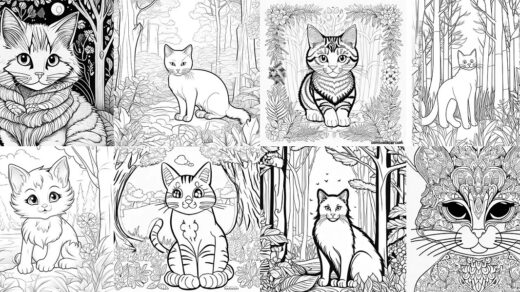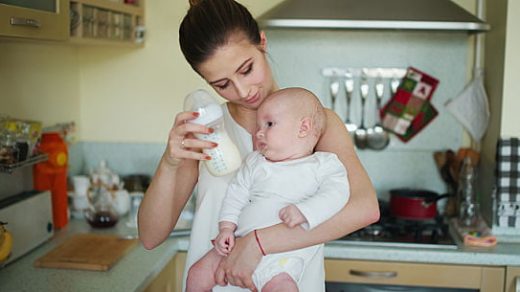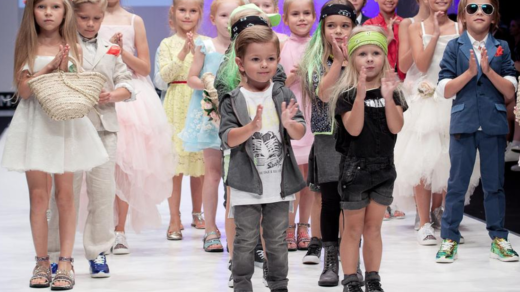Crocheting allows you to create beautiful, handmade projects like blankets, scarves, hats, and more. The intricate stitches interlocked together produce gorgeous textures and patterns. From easy beginner stitches to more advanced techniques, learning step by step crochet empowers you to make incredible creations.
Getting Started with Crochet
Crocheting requires a few must-have supplies before you begin. You’ll need a crochet hook, which comes in different sizes, yarn to match your hook, a pair of scissors, and a tape measure. For beginners, an H or I sized crochet hook and worsted weight yarn in a light solid color works well. The yarn label will recommend hook sizes too.
To start, make a slip knot with your yarn and place it on the hook to create your first loop. Hold the hook like you would hold a pencil, with your dominant hand. With your opposite hand, hold the yarn tension. Keeping even tension while you crochet takes practice but makes neat and uniform stitches.
Now you’re ready to learn essential crochet stitches step-by-step!
Master the Chain Stitch for All Crochet Projects
The foundation of all crocheting is the chain stitch. This stitch looks linked together to form the starting chain used in patterns. To make a chain:
- Wrap the yarn over the hook from back to front.
- Draw this loop through the loop already on your hook.
- Repeat steps 1 and 2 to create the desired number of chains.
Crochet in rows, starting each row with a chain. Or crochet in rounds working continuous chains that circle back, for projects like hats. Perfect this basic stitch since you’ll rely on it for all projects.
Single Crochet for Solid Fabric
Another elementary stitch for beginners is the single crochet. This dense, sturdy stitch works up fabric with minimal holes, useful for amigurumi toys or bags. Follow along:
- Insert your hook into the next chain or stitch.
- Yarn over and draw up a loop. You now have two loops on your hook.
- Yarn over again and draw the yarn through both loops on the hook.
Voila! You finished one single crochet stitch. Repeat steps 1-3 in each stitch across the row. When crocheting amigurumi toys and certain patterns, crochet single crochets in the back loop only, instead of both loops. This gives the piece a ridged texture on one side.
Half Double Crochet Adds Some Height
Slightly taller than the single crochet is the half double crochet stitch. Follow along:
- Yarn over hook and insert into next stitch.
- Yarn over and draw up a loop (three loops on hook).
- Yarn over and draw through all three loops together.
Half double crochet fabric drapes well for garments and home goods. Work several rows of half double crochet stitches using the step-by-step process above to yield thick, plush pieces.
Double Crochet for Dense Durable Fabric
One of the most common crochet stitches is the double crochet. Many beginner patterns rely on this stitch. Follow along closely:
- Yarn over hook.
- Insert hook into next stitch.
- Yarn over and draw up a loop. You now have three loops on your hook.
- Yarn over hook again and draw through two loops only.
- Yarn over a final time and draw the last loop to complete the stitch.
Two yarn overs give this stitch extra height. The double crochet fabric is thick and durable, perfect for sweaters, blankets, and towels. Once you perfect your gauge with the double crochet, you can crochet almost any pattern!
Treble Crochet for Lacy Fabric
For tall stitches with airy holes, the treble crochet is just the trick. Here is how:
- Yarn over twice to begin.
- Insert hook into next stitch.
- Yarn over and draw up a loop.
- Yarn over and pull through two loops.
- Yarn over again and pull through the next two loops.
- Finally, yarn over and pull through the last two loops on the hook.
With practice, the treble crochet produces intricate lace patterns full of eye-catching holes. Use treble crochet to make doilies and lightweight shawls. Combine with other stitches for unique textures too.
Slip Stitch to Finish Rows & Join Rounds
An invaluable crochet technique is the slip stitch. This tiny stitch allows you to neatly finish rows, join rounds, and move the hook and yarn anywhere in your project. To make a slip stitch:
- Insert hook into next stitch.
- Pull up a loop.
- Draw this loop directly through the loop already on your hook.
That’s it! No yarn overs needed. Use slip stitch at the end of rows or rounds to move to the next, keeping a clean edge. You can also slip stitch across a row to create an adjustable ring for hats and bags. This understanding opens new possibilities!
Weave in Ends & Block Pieces for Flawless Finishings
After mastering essential stitches, finish off projects properly for clean presentation. As you switch yarn colors or complete motifs, weave in loose ends with a yarn needle to hide them within the stitches on the wrong side. Avoid knots so pieces lay flat without bumps.
Blocking is essential for garments and shawls to set the shape and open the stitch pattern. Pin your creation to a blocking board and spray evenly with water. Let it fully dry before removing pins. The fibers relax and open to showcase your hard work!
Key Takeaways for Learning Crochet
Follow these crucial tips when learning to crochet:
- Start with the proper tools – crochet hook, yarn, scissors and tape measure.
- Practice maintaining even tension and correct hook hold.
- Master essential stitches like chain, single crochet, and double crochet.
- Read patterns carefully and crochet gauge swatches.
- Adjust hook size if not matching the indicated gauge.
- Weave ends, block pieces, and add trims for polished finishings.
- Have fun being creative with colors and textures in your projects!
The Most Rewarding Handcraft Hobby
As you can see, crocheting opens unlimited potential for creating incredible handmade pieces. Each stitch stacks up row by row into beautiful fabric. With a hook, yarn, and your own two hands, you can design charming blankets, snuggly stuffed animals, trendy apparel and stylish home goods. Learning crochet step-by-step allows anyone to succeed with practice. So grab your favorite yarn, cozy up on the couch, and let the relaxing strokes of crochet brighten your day!
How long does it take to learn crochet?
While you can learn basic crochet stitches like the chain and single crochet pretty quickly, becoming skilled at crocheting takes quite a bit of time and practice. On average it takes about 20-30 hours of practice to become completely comfortable with essential stitches. Creating wearable finished pieces or following complex patterns takes even more time – often months or years to crochet fast and confidently. Be patient, practice your gauge, and gradually attempt more advanced techniques. Soon crocheting will feel intuitive.
What is the easiest stitch for a beginner to learn?
The very first stitch any beginner should master is the simple yet essential chain. Learning to make a proper foundation chain establishes even tension and trains your hands in the basic crochet motions of yarning over and drawing loops through. Chains form the basis of starting rows or working in rounds. Perfectly spacing chains takes some finesse but allows all other stitches to be worked neatly into them with enough practice. After gaining chain confidence, try your hand at basic single crochet worked into the chains.
How do I avoid cramping my hand when crocheting?
Crochet places repetitive stress on your dominant hand, especially when you’re just starting out. Take breaks often, even for just 5 minutes, to rest your hands. Learn to hold the hook and yarn gently without squeezing tightly. Ergonomic hooks with padded handles aid comfort too. Try gentle hand stretches and massages. Soaking hands in warm water also helps muscles unwind. Proper body positioning matters too – bad posture strains muscles more over time.
What yarn and hook should I start with?
As an absolute beginner, worsted weight (4) yarn and a size H or I crochet hook allows you to clearly see stitches. The slightly thicker yarn and mid-sized hook make maneuvering the hook easier with good stitch definition for working into loops and holes. A smooth, light solid color yarn shows each stitch without camouflaging them. Once you gain experience, try different weights – both thicker ‘chunky’ or thinner ‘fingering’ yarns offer unique drape and fabric qualities when crocheted.
How do I know my gauge and keep size consistent?
Gauge refers to the number of stitches across a certain width, usually 4 inches, and number of rows over a certain height, like 1 inch. When following patterns, they specify a gauge so sizing turns out right for wearables and accessories. Always crochet a 4 x 4 inch gauge swatch in the indicated stitch before starting a project. If your swatch has too few stitches, switch down a hook size. If too many stitches, switch up a size. This may take some trial and error but ensures proper fit!


